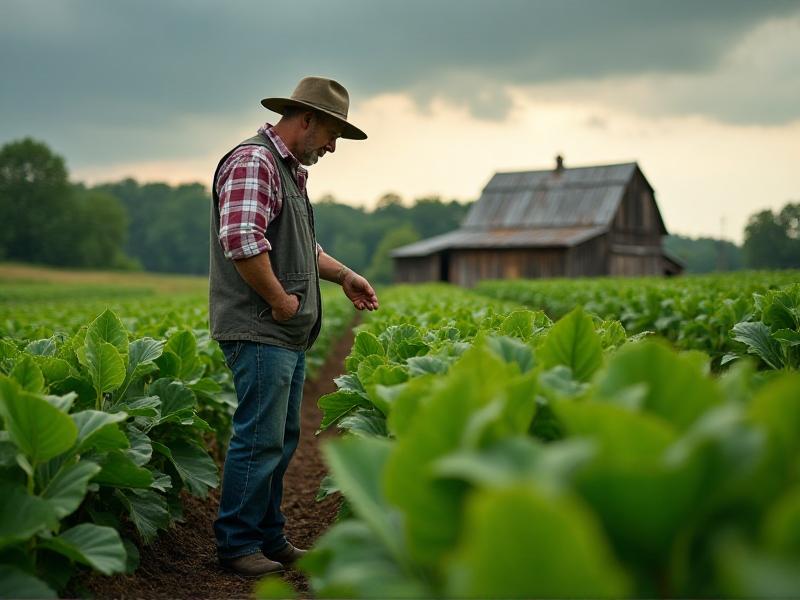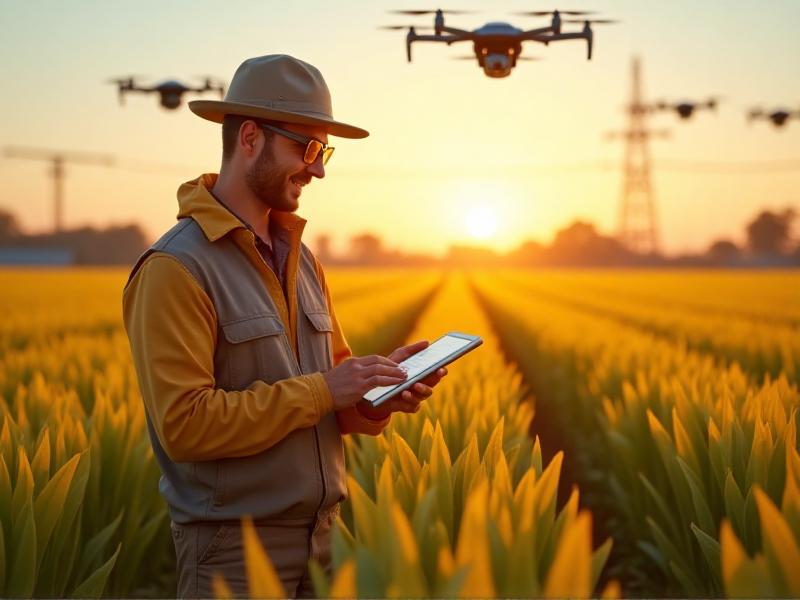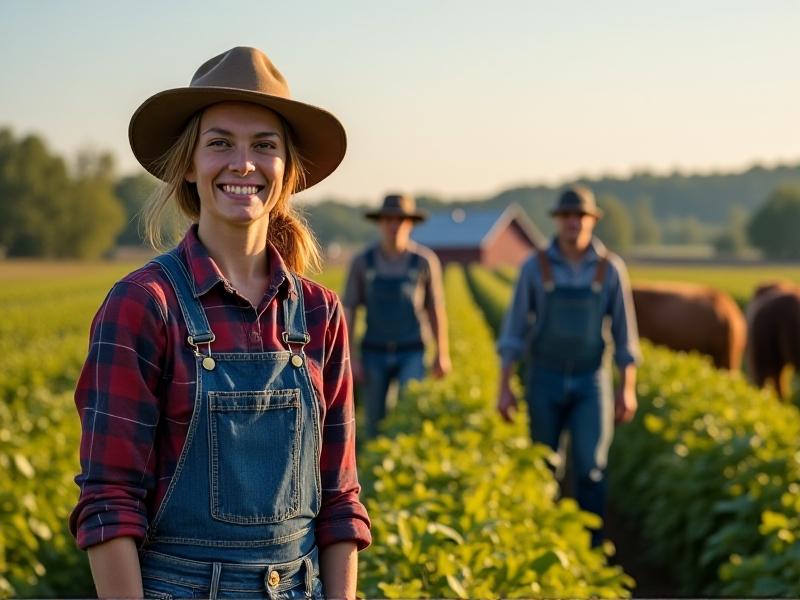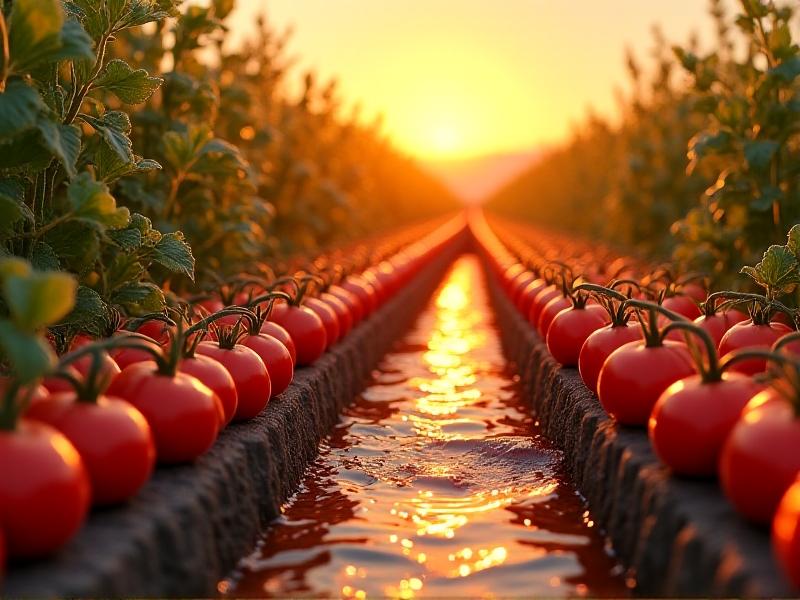Climate-Impacted Crop Insurance Options
Understanding Climate-Impacted Crop Insurance
Climate change is reshaping agriculture, with extreme weather events becoming more frequent and unpredictable. Farmers face increasing risks, from droughts and floods to unseasonal frosts and heatwaves. Traditional crop insurance models, designed for more stable climates, are struggling to keep pace. Climate-impacted crop insurance is emerging as a critical tool to help farmers manage these risks. This type of insurance is tailored to address the specific challenges posed by climate change, offering coverage that adapts to the evolving nature of agricultural threats.
Climate-impacted crop insurance often incorporates advanced technologies like satellite imagery, weather data, and predictive analytics. These tools enable insurers to assess risks more accurately and provide timely payouts. For instance, index-based insurance, which triggers payouts based on predefined weather conditions rather than individual crop losses, is gaining popularity. This approach reduces administrative costs and ensures faster compensation for farmers.
However, the adoption of climate-impacted crop insurance is not without challenges. Many farmers, especially in developing countries, lack access to affordable insurance products. Additionally, there is a need for greater awareness and education about the benefits of these new insurance models. Governments, NGOs, and private insurers must collaborate to create accessible and sustainable solutions that protect farmers and ensure food security in a changing climate.

The Role of Technology in Climate-Impacted Crop Insurance
Technology is revolutionizing the way crop insurance is designed and delivered. In the context of climate change, traditional methods of assessing crop damage are often too slow and labor-intensive. Advanced technologies like remote sensing, drones, and machine learning are now being integrated into climate-impacted crop insurance to provide more accurate and timely assessments.
Satellite imagery, for example, allows insurers to monitor large agricultural areas in real-time. This data can be used to detect early signs of stress in crops, such as drought or pest infestations, enabling proactive interventions. Drones equipped with high-resolution cameras can capture detailed images of individual fields, providing insights that satellite data alone cannot offer.
Machine learning algorithms analyze vast amounts of data to predict crop yields and assess risks. These predictions help insurers set premiums that reflect the actual risks faced by farmers. Additionally, mobile apps and digital platforms are making it easier for farmers to access insurance products, file claims, and receive payouts. These technological advancements are not only improving the efficiency of crop insurance but also making it more accessible to smallholder farmers in remote areas.

Index-Based Insurance: A Game-Changer for Farmers
Index-based insurance is emerging as a transformative solution for farmers grappling with climate change. Unlike traditional crop insurance, which compensates farmers based on individual crop losses, index-based insurance uses predefined indices, such as rainfall levels or temperature thresholds, to trigger payouts. This approach simplifies the claims process and reduces administrative costs, making it a more viable option for smallholder farmers.
One of the key advantages of index-based insurance is its transparency. Since payouts are based on objective data, farmers can trust that they will receive compensation when adverse weather conditions occur. This transparency also reduces the risk of fraud, which can be a significant issue with traditional insurance models.
However, index-based insurance is not without its limitations. The success of this model depends on the accuracy of the indices used. If the indices do not accurately reflect the actual losses experienced by farmers, there can be a mismatch between payouts and needs. To address this, insurers are increasingly using localized data and advanced modeling techniques to improve the accuracy of their indices. Despite these challenges, index-based insurance offers a promising way to help farmers manage the risks associated with climate change.

Government Policies and Climate-Impacted Crop Insurance
Government policies play a crucial role in the development and adoption of climate-impacted crop insurance. In many countries, governments provide subsidies to make crop insurance more affordable for farmers. These subsidies are particularly important in developing countries, where farmers often have limited financial resources.
In addition to subsidies, governments can support the development of climate-impacted crop insurance by investing in infrastructure and technology. For example, governments can fund the installation of weather stations and the development of digital platforms that make it easier for farmers to access insurance products. They can also provide training and education to help farmers understand the benefits of crop insurance and how to use it effectively.
International organizations and NGOs also play a key role in promoting climate-impacted crop insurance. These organizations often work with governments and private insurers to develop innovative insurance products that address the specific needs of farmers in different regions. By fostering collaboration between stakeholders, governments can help create a more resilient agricultural sector that is better equipped to handle the challenges of climate change.
Challenges in Implementing Climate-Impacted Crop Insurance
While climate-impacted crop insurance offers many benefits, its implementation is fraught with challenges. One of the primary obstacles is the lack of awareness and understanding among farmers. Many farmers, especially in developing countries, are unfamiliar with how crop insurance works and are hesitant to invest in it. This lack of awareness is compounded by the complexity of some insurance products, which can be difficult for farmers to navigate.
Another significant challenge is the affordability of crop insurance. Even with government subsidies, the cost of insurance can be prohibitive for smallholder farmers. This is particularly true in regions where the risks of crop failure are high, leading to higher premiums. Insurers must find ways to make their products more affordable without compromising on the quality of coverage.
Data availability and accuracy are also critical issues. Climate-impacted crop insurance relies heavily on data to assess risks and determine payouts. In many regions, however, there is a lack of reliable data on weather patterns and crop yields. This makes it difficult for insurers to design products that accurately reflect the risks faced by farmers. Addressing these challenges requires a concerted effort from governments, insurers, and other stakeholders to build the necessary infrastructure and capacity.
The Future of Climate-Impacted Crop Insurance
The future of climate-impacted crop insurance lies in innovation and collaboration. As climate change continues to alter the agricultural landscape, insurers must develop new products that address the evolving risks faced by farmers. This will require the integration of advanced technologies, such as artificial intelligence and blockchain, to improve the accuracy and efficiency of insurance models.
Collaboration between governments, insurers, and farmers will also be essential. Governments can provide the necessary support and infrastructure, while insurers can develop products that meet the needs of farmers. Farmers, in turn, must be actively involved in the design and implementation of these products to ensure they are effective and accessible.
Ultimately, climate-impacted crop insurance has the potential to play a crucial role in building a more resilient agricultural sector. By protecting farmers from the financial impacts of climate change, this type of insurance can help ensure food security and support sustainable development. The road ahead is challenging, but with the right strategies and partnerships, it is possible to create a future where farmers can thrive in the face of climate uncertainty.








